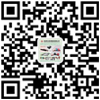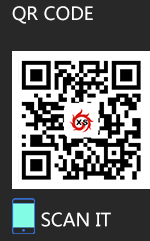The English name of aluminum comes from alum, which is Kal (SO4) 2 · 12H2O. In prehistoric times, people have used clay containing aluminum compounds (Al2O3 · 2SiO2 · 2H2O) to make pottery. The content of aluminum in the earth's crust is the third after oxygen and silicon. However, due to the weak oxidizability of aluminum compounds, aluminum is not easy to be reduced from its compounds, so it is difficult to separate metal aluminum. After Volta, an Italian physicist, invented the battery, David tried to use electric current to separate aluminum from bauxite, but he failed. However, he suggested that it should be named "aluminum" and then changed to "aluminum" and soon modified to aluminum. This form is used all over the world, except in North America, where the American Chemical Society (ACS) decided to use "aluminum" in its publications in 1925. Danish chemist Oster first separated impure aluminum by the reaction of dilute potassium amalgam with aluminum chloride. In 1827, the German chemist Waller repeated Oster's experiment and constantly improved the method of making aluminum. In 1854, German chemist dewell used sodium instead of potassium to reduce aluminum chloride to produce aluminum ingot. [1] In the later period, aluminum was a treasure enjoyed by emperors and nobles. French emperor Napoleon III used aluminum forks at banquets; Thai kings used aluminum watch chains. At the Paris Exposition in 1855, it was displayed with the jewels on the crown, with the label "silver from clay". In 1889, Mendeleev also received vases and cups made of aluminum alloy from London chemical society.
By the end of the 19th century, the price of aluminum had dropped thousands of times. First of all, Siemens improved the generator in 1870's and got cheap electricity; second, heroult in France and C. M. hall in America developed the electrolysis method of dissolving alumina in cryolite (Na3AlF6) in 1886. They were both 22 at the time. This pioneering work has led to large-scale production of aluminum and laid the foundation for the industrial method of electrolytic aluminum in today's world. So far, all kinds of aluminum products have been widely used in thousands of households.
On October 27, 2017, the list of carcinogens published by the international agency for research on cancer of the World Health Organization (who) was preliminarily sorted out for reference, and aluminum products were included in the list of class I carcinogens.
On July 30, 2018, an international research team said that for the first time, they have definitely detected a kind of radioactive molecule (aluminum fluoride, which contains the radioisotope "aluminum-26") in the universe, and this kind of molecule may "splash" into interstellar space due to the collision of two stars.



